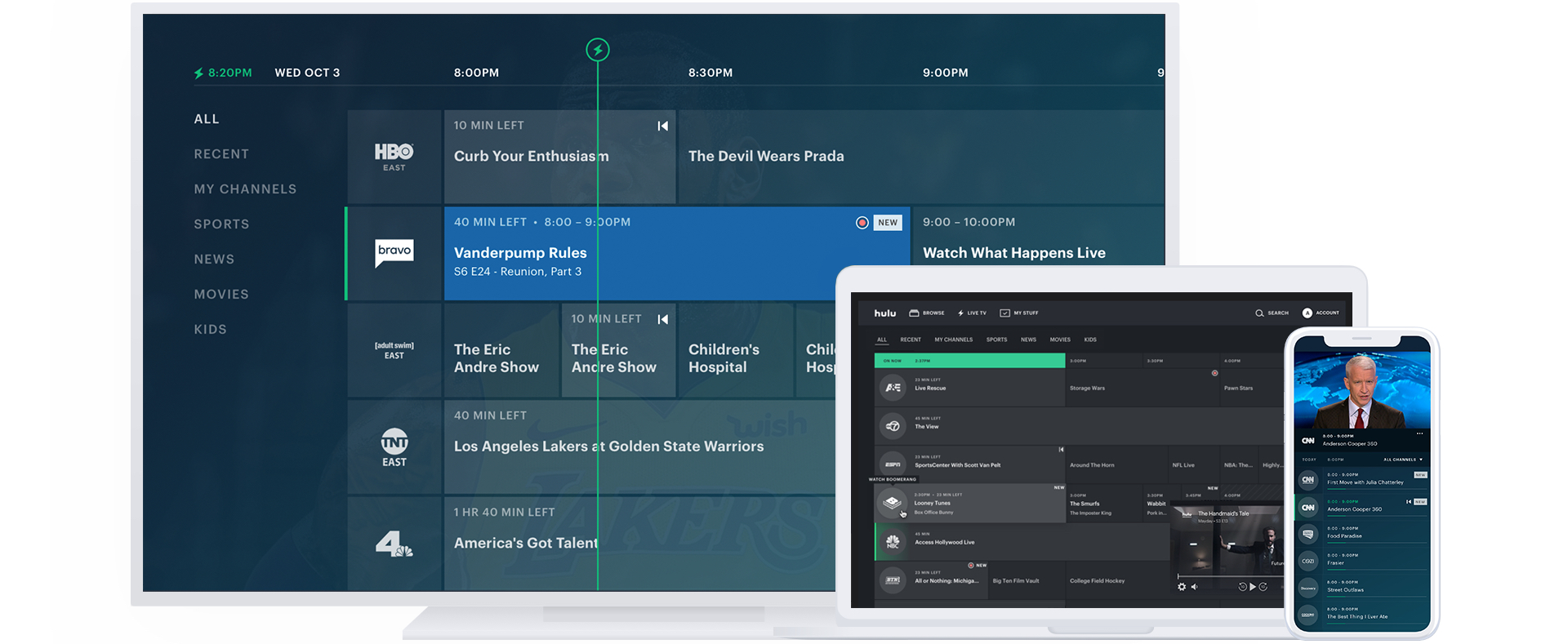
After more than 40 years of operation, DTVE is closing its doors and our website will no longer be updated daily. Thank you for all of your support.
Cord-cutting Americans look to vMVPDs

Almost half of traditional pay TV households in the US are likely to switch to a vMVPD provider within the next 12 months.
According to new research from Parks Associates, 43% of broadband households with traditional pay TV are looking to switch to alternative providers such as YouTube TV and Hulu + Live TV.
While such services have struggled without sports during much of the pandemic, they have still seen steady growth due to their competitive pricing and impressive content offers.
The most popular reason cited for the intention to switch was cost. The majority of respondents who have already switched said that their cable or satellite service was too expensive, while a promotional offer was the third most cited reason.
The second most cited reason was features exclusive to vMVPDs, with USPs of such services being large amounts of on demand content, flexibility on device usage and cloud DVRs.
Overall, the report reveals 17% of vMVPD subscribers switched from traditional pay TV within the last twelve months.
Paul Erickson, senior analyst, Parks Associates, said: “Subscriber losses in traditional pay TV continue, while the vMVPD category continues to grow, thanks to consumer price sensitivity and preferences for platform flexibility. Traditional pay-TV operators have online delivery in their roadmaps, if not already deployed. We expect vMVPDs will continue to grow dramatically and will gradually become the dominant offering in the pay-TV landscape.”
Erickson however warns that vMVPDs may suffer in the long term if they continue to increase their prices, saying: “vMVPDs have substantial opportunity if they can avoid the pitfalls that typically drive pay-TV customer dissatisfaction, such as rising prices and inflexible content and platform options. With content prices rising and competition increasing, vMVPDs should remain conscious of consumer price sensitivity while keeping a strict adherence to a consumer-centric experience.”


